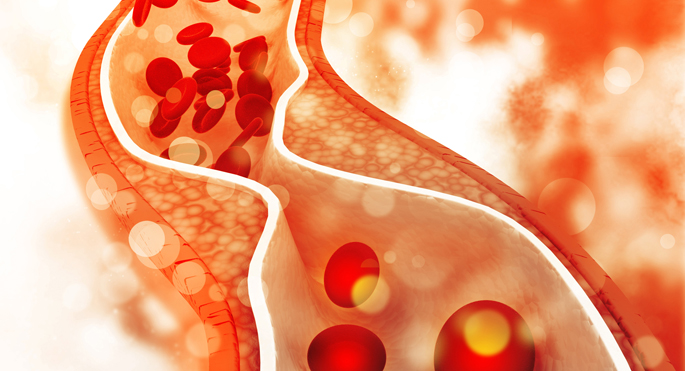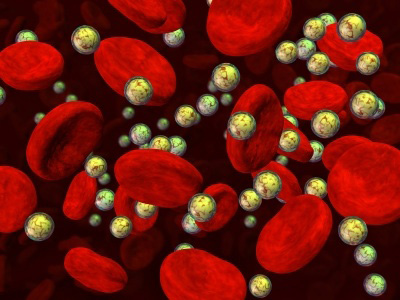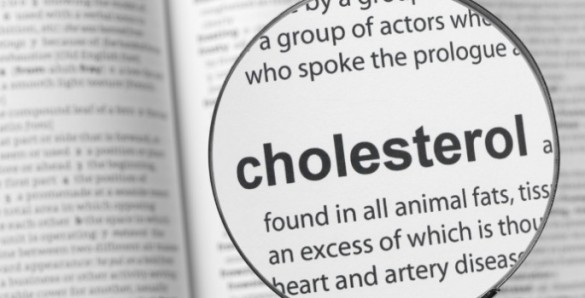High-density lipoprotein (HDL) — known as the “good cholesterol” because it is protective against cardiovascular diseases — is an assembly of lipids and proteins.
HDL forms when two copies of apolipoprotein A-1 (APOA1) remove lipids from cells and generate a disc-like structure, which then matures into spherical circulating HDL. Despite decades of study, understanding of HDL structure and maturation has been elusive.
Jere Segrest, MD, PhD, and colleagues (Mohsen Pourmousa and Richard W. Pastor at the National Institutes of Health) have now used molecular dynamics simulations to reveal structural details of newly formed HDL particles. Yi He and Jay W. Heinecke at the University of Washington, Seattle supported the proposed structures using chemical cross-linking. In addition, Rosetta modeling and analysis of a lipid-free crystal structure of APOA1 performed by Hyun D. Song at VUMC supported the proposed structures.
The structures, reported in the Proceedings of the National Academy of Sciences, revise previous models of nascent HDL and provide a framework for understanding HDL maturation and function. The structural features they identified likely regulate the size and shapes of HDL and form binding sites for proteins involved in transporting cholesterol and fats out of artery walls.
This research was supported in part by the Intramural Research Program of the National Heart, Lung, and Blood Institute and by a grant from the NIH (HL128203), and utilized the high-performance computational capabilities at NIH and the resources of the Advanced Computing Center for Research and Education at Vanderbilt University.
Send suggestions for articles to highlight in Aliquots and any other feedback about the column to aliquots@vanderbilt.edu















